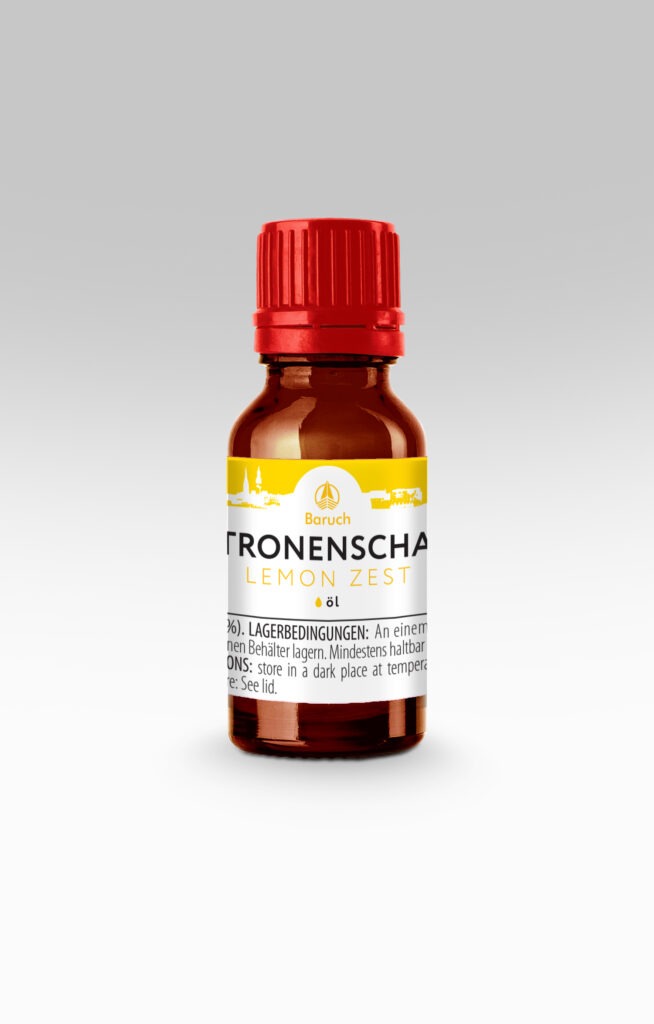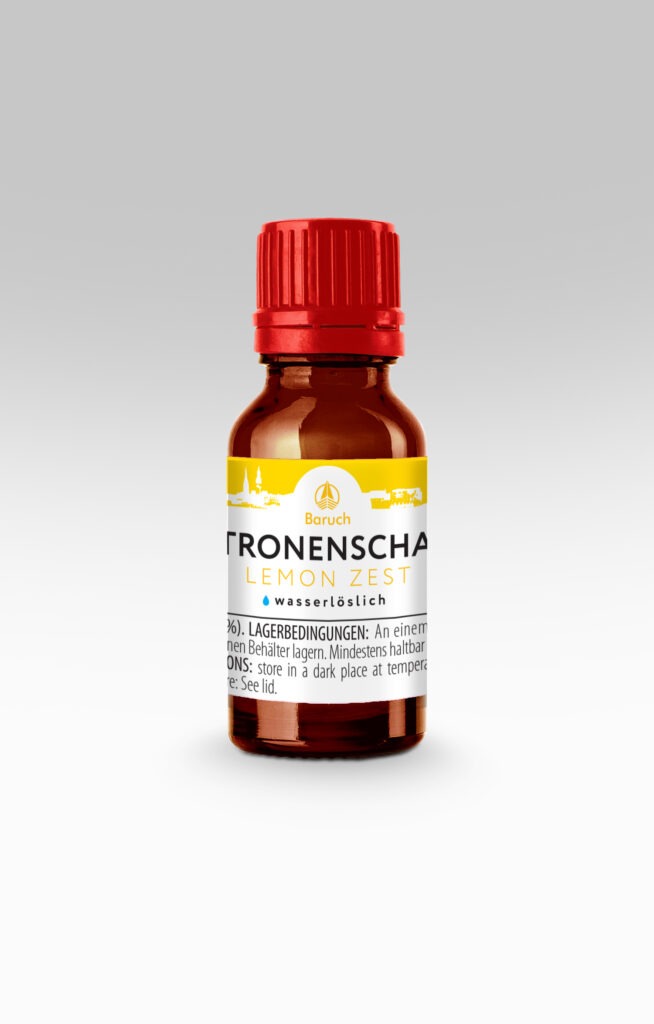Like lemon peel essential oil, CO2 extract is widely used for medicinal purposes, in cooking, and in cosmetics.
The CO2 extract from lemon peel has the following medicinal properties: aseptic and disinfectant, immunomodulatory and tonic, antiviral, antipyretic, analgesic, diuretic, antirheumatic, against varicose veins. Lemon peel CO2 extract lowers blood pressure, blood cholesterol and is a great antioxidant which makes it a natural antiaging agent. However, it should be noted that CO2 extract, like the essential oil of lemon peel, can cause allergic reactions, has phototoxic properties and is a highly concentrated product that requires careful dosing. The CO2 extract from lemon peel can be recommended for use in inhalation preparations for colds, in massage products to relieve muscle and joint pain. In means to combat varicose veins, arthritis, rheumatism. Special emulsion products with CO2 extract from lemon peel are effective against stomatitis and periodontitis.
Lemon peel CO2 extract can be widely used in food formulations. Mainly as a natural flavoring in the preparation of confectionery, ice cream, fermented milk products, baked goods, confectionery, tea flavors, soft drinks and spirits.
CO2 extract from lemon peel “Biozevtika” is a light yellow oily liquid with a pleasant, pronounced citrus scent. In the course of chromomass spectrometric studies, several hundred compounds were identified in the composition, of which more than 40 were identified.
Chart 1. The main components of the CO2 extract from lemon peel
| NAME | CONTENT IN% OF THE AMOUNT OF VOLATILE COMPONENTS | EFFECT |
|---|---|---|
| Alpha Limonene | 55 | Perfume flavor, antifungal and aseptic agent. |
| Citral | 6 | Natural antiseptic, has analgesic, anti-inflammatory and healing properties. Effectively fights rashes, cuts, acne and dandruff. Antifungal. Perfume component. |
| Geranyl acetate | 1,3 | It is used in perfumery and as a flavoring in food essences. |
| Geraniol | 0,9 | Used in perfumery. |
| Alpha- and Beta-Pinene | 0,7 | For the treatment of microbial infections and inflammation. Gastroprotective active ingredient. Used in perfumery as a needle fragrance. Locally irritating, expectorant, antiseptic, diuretic. |
| Camfen | 0,6 | Used to synthesize camphor. Insecticide. It is used for the synthesis of flavorings. |
| Citronton | 0,4 | |
| Palmitic acid | 0,2 | Unsaturated fatty acid for water repellency in cosmetics. |
In cosmetics, the use of CO2 extract from lemon peel can be recommended in the manufacture of the following products:
- Toothpastes and gargles for bleeding gums;
- means to fight cellulite;
- renewal, skin regeneration;
- Prevention of skin aging (oil tones and cares for the skin particularly well);
- Remedies to cure and treat acne exacerbations;
- increase the elasticity and firmness of the skin;
- Hair care products to combat shine and dandruff.
Chart 2. Application rates, recommendations for the use and storage of CO2 extract from lemon peel
| Food usage rates | Item А100: 0.003% (30g per ton) Water-soluble microemulsions EMA1: 0.3% (3l per 1000l or 3ml per liter) |
| Application rates in cosmetics | Item А10: 1-3% Item А100: 0.1-0.3% |
| Recommendations for use | It is recommended to add CO2 extracts in the final stages of preparation, in the cooling phase of the end product. |
| Storage advice | It is recommended to store CO2 extracts in a closed container in a cool room and avoid direct sunlight. |
It is recommended to store CO2 extracts in a closed container in a cool room and avoid direct sunlight.
Lemon doesn’t grow wild. It is grown as an indoor crop in Transcaucasia and the countries of Central, South and East Asia, in Russia.
Historical reference
In the past, lemon trees were planted in greenhouses in Northern Europe. This high society fun got an unexpected sequel in Russia in the middle of the 19th century. Lemon seedlings were brought to Pavlovo-on-Oka (now – Nizhny Novgorod region) from Turkey. The residents of the Volga region began to grow lemons directly in their homes, over time a new variety appeared – Pavlovsky lemon. Usually lemons ripen on trees, and Volga lemons grow on bushes up to 1.5 m high.


